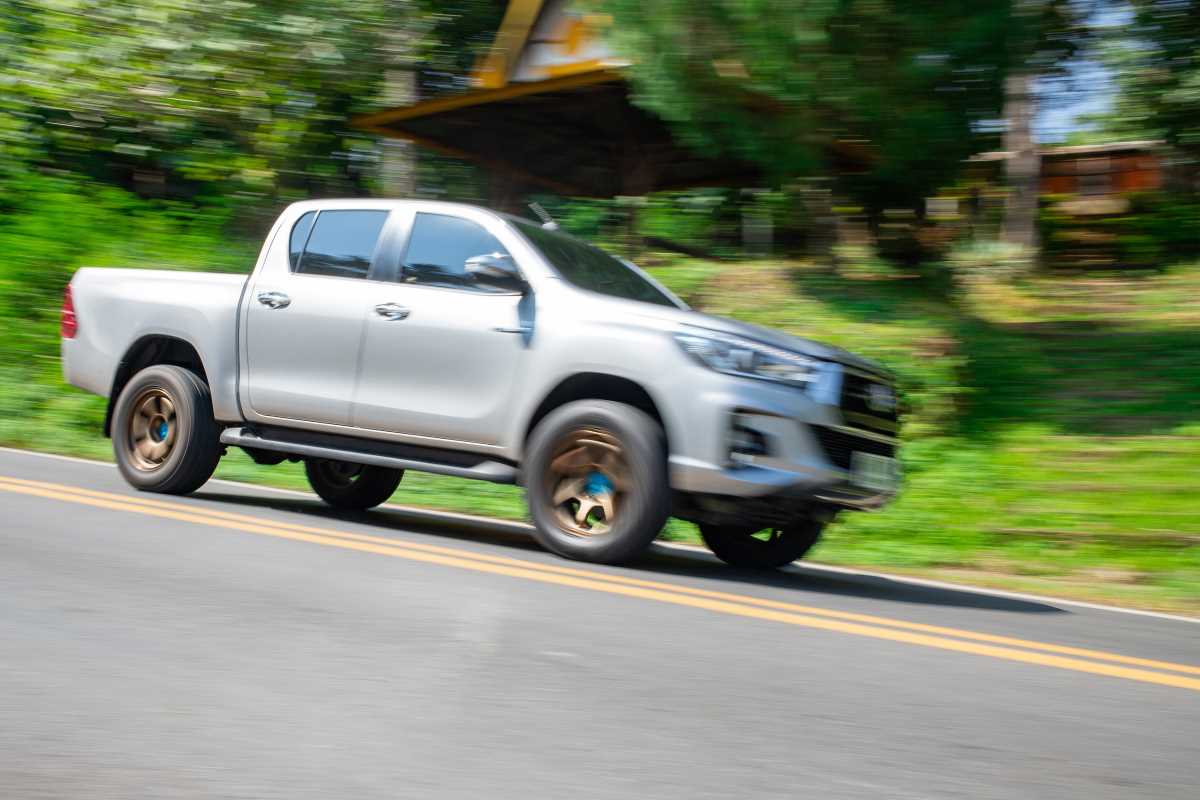Handing the car keys to a new teen driver is a major milestone for any family. It represents a new chapter of independence for them and a new set of responsibilities for you. Navigating the world of auto insurance can feel complicated, but we're here to help you through it. Getting the right coverage is about more than just checking a box; it’s about protecting your family and your new driver. Understanding your policy and asking the right questions upfront will give you confidence and peace of mind. This guide will walk you through the essential questions to ask your insurance provider, helping you make informed decisions for this exciting new stage.
How Will My Premium Change?
The first and most common question parents have is about the cost. Adding a teen driver to your auto insurance policy will almost always increase your premium. Insurance companies base their rates on risk, and statistically, teen drivers are considered high-risk. Their lack of experience behind the wheel makes them more likely to be involved in an accident compared to older, more experienced drivers.
You should ask your insurance agent for a specific quote. The increase can vary significantly based on several factors, including:
- The type of car your teen will drive: A sensible sedan is much cheaper to insure than a high-performance sports car.
- Your location: Premiums can differ based on state and even zip code, depending on traffic density and accident rates.
- The teen's gender: Statistically, male teens have higher accident rates, which can sometimes lead to higher premiums.
- Your existing coverage: The cost will be added to your current policy structure.
Request a detailed breakdown of the new premium. This helps you understand exactly what you are paying for and prepares your family budget for the new expense.
What Discounts Are Available for Teen Drivers?
While premiums will go up, there are many ways to bring them back down. Insurance companies want to encourage safe driving habits from the start and often reward young drivers who demonstrate responsibility. We’ve got you covered with some of the most common discounts you can explore with your agent.
Good Student Discount
One of the most popular discounts is the "good student" discount. Many insurers offer a significant reduction for full-time high school or college students who maintain a certain GPA, typically a "B" average or a 3.0. You will likely need to provide proof, such as a report card or transcript, each policy period to keep the discount. This is a fantastic way for your teen's hard work in the classroom to pay off on the road.
Driver's Education Course Discount
Completing a certified driver's education course can also lead to savings. These courses teach defensive driving techniques and traffic laws, making your teen a safer, more prepared driver. Ask your insurer which specific programs qualify for a discount. Some may have partnerships with local driving schools.
Distant Student Discount
Your teen might be heading off to college soon. You could qualify for a "distant student" discount if they attend school over 100 miles away from home without a car. The logic is simple: they won't be driving the insured vehicle regularly, which lowers the risk. This allows them to stay on your policy for coverage during school breaks without you paying the full premium year-round.
Should My Teen Be on Their Own Policy?
It might seem simpler to get your teen a separate insurance policy, but this is rarely the most cost-effective option. Generally, adding a teen to your existing family policy is significantly cheaper. You benefit from multi-car discounts, bundling with home insurance, and your own established driving record. A standalone policy for a teen driver is often prohibitively expensive because the policy is based solely on their high-risk profile.
Keeping your teen on your policy also offers them better protection. Your policy likely has higher liability limits than what a teen could afford on their own. This provides a stronger financial safety net for your family in the event of a serious accident. Discuss the pros and cons with your agent, but in most cases, a shared policy is the best path forward.
What Coverage Levels Do We Need?
Adding a new driver is the perfect opportunity to review your entire policy. You need to ensure your coverage is robust enough to protect your family's assets. With a higher-risk driver in the household, your potential for a claim increases. Let's look at the key types of coverage.
Liability Coverage
Liability coverage is the most important part of your policy. It pays for injuries and property damage you or your teen cause to others in an at-fault accident. State laws require a minimum amount of liability coverage, but these minimums are often far too low to cover the costs of a serious accident. We recommend carrying liability limits well above the state minimum. A good starting point is often suggested as:
- $100,000 in bodily injury liability per person
- $300,000 in bodily injury liability per accident
- $100,000 in property damage liability
Consider an umbrella policy for even greater protection. It provides an extra layer of liability coverage that kicks in after your auto policy limits are exhausted.
Collision and Comprehensive Coverage
Collision coverage pays to repair or replace your car after an accident, regardless of who is at fault. Comprehensive coverage handles non-accident-related damage, like theft, vandalism, hail, or hitting an animal.
You must decide if these coverages are necessary for the car your teen will be driving. They are typically required for leased or financed vehicles. For an older, paid-off car with a low market value, you might decide to skip these coverages to save on premiums. Your agent can help you weigh the cost of the coverage against the value of the vehicle.
How Does the Assigned Car Affect Our Rate?
Some insurance companies allow you to assign a specific car to a specific driver. Assigning your teen to the oldest, safest, and least expensive car on your policy can often result in a lower premium. Insuring a 10-year-old sedan is much more affordable than insuring a brand-new SUV or sports car for a new driver.
However, not all insurers operate this way. Some may rate the teen driver on all vehicles on the policy or on the most expensive one, assuming they will have access to it at some point. It is crucial to ask your agent how your company handles vehicle assignments. This information can directly impact which car your teen drives and how much you pay.
Are There Any Telematics Programs Available?
Many insurance companies now offer telematics programs. These programs use a small device you plug into your car or a smartphone app to monitor driving habits. They track things like speed, acceleration, hard braking, and the time of day the car is driven.
Enrolling your teen in a telematics program can be a win-win. It provides a powerful coaching tool for you, as you can review their driving data with them and discuss areas for improvement. It can also lead to substantial discounts for safe driving. Ask your insurer if they offer such a program and what the potential savings could be. This technology helps encourage safe habits right from the start.
 (Image via
(Image via





